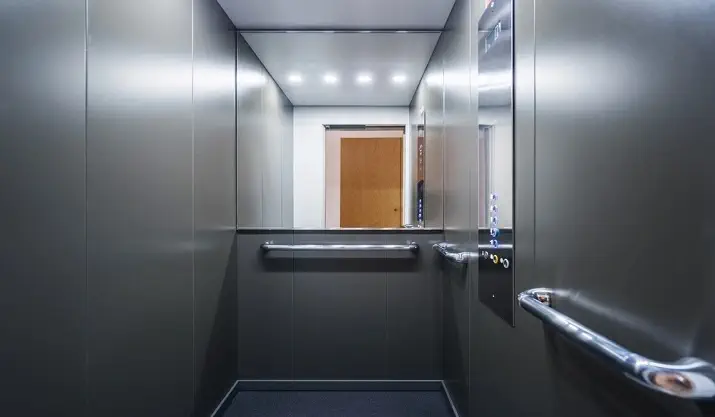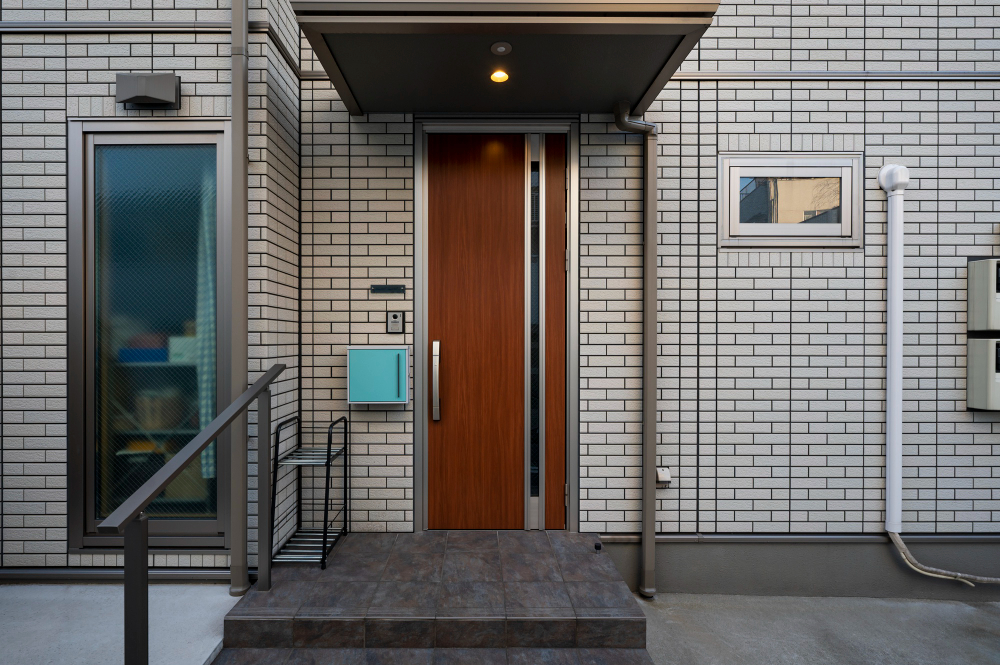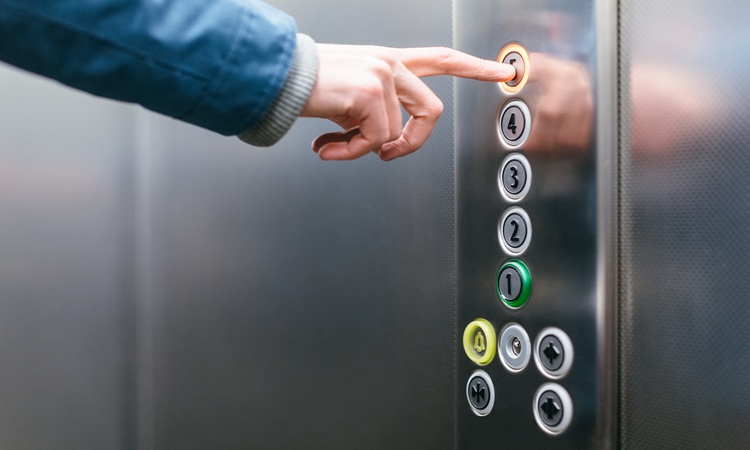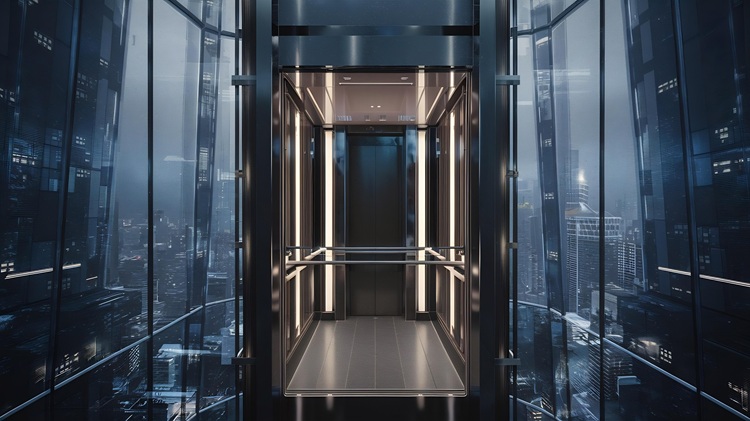The Importance of Elevator Installation Safety: Guidelines & Regulations
Post Date : Jul 20, 2023
Safety standards for elevator installation are crucial to ensure the proper design, construction, and installation of elevators. These standards for elevator installation help safeguard the well-being of passengers and ensure the reliable and safe operation of elevators. The elevator safety standards can vary depending on the context and location. However, in many countries, the standard for elevator installation is regulated by government authorities or industry organizations.
Elevator Installation & Safety Standards
What is the standard for lift safety?
Elevator safety standards may vary between different types of lifts, such as passenger lifts, goods lifts, or service lifts. Additionally, local regulations and industry-specific standards for elevator installation may have specific requirements that need to be followed for lift safety. Safety is of paramount importance when it comes to elevator installation, considering their widespread use in buildings and their impact on public safety. In India, the government has implemented regulations and standards to ensure safe elevator installation, operation, and maintenance. These elevator installation standards are mentioned below:
- 1. The Lifts and Escalators Act, 2010: This legislation, enacted by the Government of India, sets the regulatory framework for the safe operation of lifts and escalators. It covers various aspects of lift safety, including elevator installation, operation, maintenance, and inspection.
- 2. Indian Standard IS 14665: This standard, titled "Safety Code for the Installation, Operation, and Maintenance of Passenger and Service Lifts," provides specific guidelines for lift safety in India. It covers aspects such as design criteria, installation requirements, electrical and mechanical safety measures, testing, and maintenance procedures.
- 3. Bureau of Indian Standards (BIS): The BIS is the national standards body of India and is responsible for formulating and maintaining standards across various sectors. BIS has published several standards related to lifts and escalators, including IS 14665 mentioned above. Compliance with BIS standards is often considered necessary for lift safety in India.
- 4. Chief Inspector of Lifts (CIL): The Chief Inspector of Lifts, appointed by the concerned state government, plays a vital role in enforcing lift safety regulations. The CIL is responsible for granting licenses, conducting inspections, and ensuring compliance with safety standards and regulations.
What is the ISO code for an elevator?
ISO (International Organization for Standardization) is an international standard-setting body that develops and publishes standards across various industries and sectors. ISO codes refer to the specific codes assigned to different standards published by ISO. ISO codes are alphanumeric codes that typically consist of a combination of letters and numbers. They are used to uniquely identify and reference specific standards. Each ISO standard is assigned a unique code that helps in its identification and retrieval.
The ISO code for elevators is ISO 8100. The ISO 8100 series of standards specifically focuses on various aspects of elevators, including elevator installation, design, construction, maintenance, and safety requirements. ISO 8100 provides guidelines and technical specifications to ensure the safe and efficient operation of elevators.
What are EN 81 standards for elevators?
EN 81 is a series of European standards that provide guidelines and requirements for the design, construction, installation, and maintenance of elevators and escalators.
The EN 81 series consists of several parts, each focusing on different aspects of elevator safety, functionality and elevator installation. Here are some key parts of the EN 81 standards:
- 1. EN 81-1: It covers aspects such as structural integrity, electrical and mechanical components, safety devices, and operational controls.
- 2. EN 81-2: It provides guidelines for the testing procedures, safety verification, and performance checks to ensure compliance with the specified standards.
- 3. EN 81-20: It covers aspects such as car dimensions, door systems, control systems, emergency evacuation provisions, and safety features.
- 4. EN 81-50: It provides guidelines for the design, construction, and safety requirements of inclined lifts, including inclined lifts with integral enclosed spaces.
- 5. EN 81-70: It specifies guidelines to ensure that lifts are designed and equipped to provide safe and accessible transportation for individuals with disabilities.
- 6. EN 81-71: It provides guidelines for the installation of security and access control systems.
The EN 81 standards are widely adopted in Europe and are considered best practices for ensuring elevator safety and functionality.
What is the safety system in an elevator?
Elevators are equipped with various safety systems to ensure the well-being of passengers and prevent accidents. Here are some commonly found safety systems in elevators:
- 1. Overspeed Governor: The overspeed governor is a mechanical device that activates when the elevator exceeds a certain speed.
- 2. Safety Brakes: Safety brakes are designed to stop the elevator car if an overspeed condition occurs or if the elevator experiences a sudden drop in speed.
- 3. Door Safety Systems: Elevator doors are equipped with safety systems to prevent entrapment or injury. Sensors, such as infrared sensors or door edge detectors, are used to detect obstructions and prevent the doors from closing or reopening if an object or a person is in the doorway.
- 4. Emergency Stop Button: An emergency stop button or switch is typically located inside the elevator car and in the elevator lobby areas. Pressing this button immediately stops the elevator in case of an emergency or when a passenger senses an unsafe situation.
- 5. Emergency Communication: Elevators are equipped with emergency communication systems to enable passengers to communicate with external help in case of an emergency. These systems may include intercoms, emergency phones, or two-way communication devices.
- 6. Fire-Resistant Construction: Elevator shafts and hoistways are constructed with fire-resistant materials to prevent the spread of fire. Fire-rated doors are installed at each floor level to prevent the spread of flames and smoke into the elevator shaft.
- 7. Overload Protection: If the weight exceeds the designated capacity, the system prevents the elevator from operating, ensuring safe passenger transportation and preventing mechanical failures due to excessive weight.
- 8. Power Failure Backup: Elevators often have backup power systems, such as uninterruptible power supply (UPS) or emergency generators, to provide limited operation and enable safe passenger evacuation in the event of a power failure.
- 9. Interlocking Door System: Interlocking door systems ensure that the elevator car is level with the floor before the doors open.
- 10. Alarm Systems: Elevators may be equipped with alarm systems that allow passengers to signal for help in case of an emergency.
Conclusion
Elevator safety standards are a crucial aspect of modern urban life, ensuring the safe and efficient operation of elevators. They form a comprehensive framework that addresses design, installation, maintenance, and emergency preparedness, all geared towards safeguarding the lives and well-being of elevator users. Adherence to these standards by elevator manufacturers, installers, owners, and maintenance personnel is of utmost importance to maintain the highest level of safety in vertical transportation. At Polo Elevators we take care of all the elevator safety standards used during the elevator installation and maintenance Ultimately, elevator safety standards help create a safer and more secure environment for everyone, fostering trust and peace of mind while using elevators in buildings across the world.






